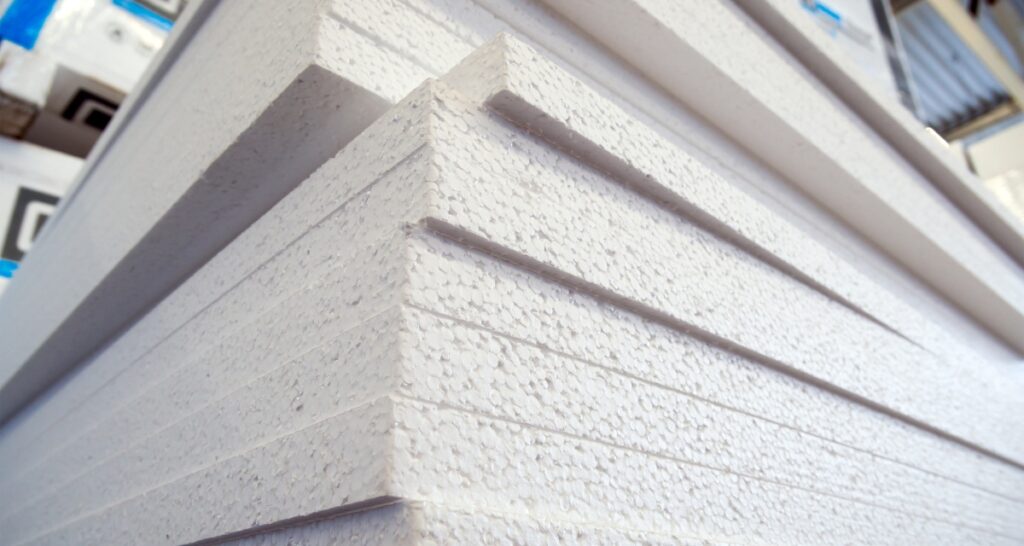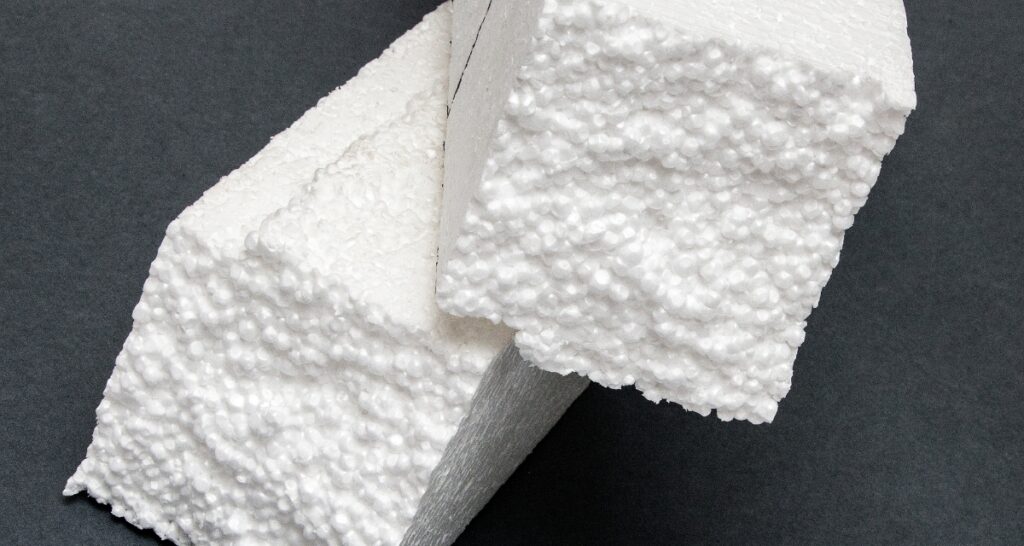In Nigeria’s scorching climate, keeping homes cool and comfortable can be a daily battle. With electricity supply remaining inconsistent and energy costs continually rising, homeowners and builders are increasingly seeking solutions that provide both comfort and cost savings. Polystyrene insulation has emerged as a game-changer in this context, offering a practical way to enhance energy efficiency while contributing to sustainable living.
Why Polystyrene Insulation Makes Sense for Nigeria
Polystyrene insulation works by creating a thermal barrier that reduces heat transfer between the outside environment and the interior of your home. This means less heat gets in during the day and less cool air escapes at night—keeping your home at a comfortable temperature without guzzling energy.
In a country where up to 29% of energy use in residential buildings goes toward cooling, polystyrene insulation can significantly reduce the load on air conditioning systems. Studies show that properly insulated homes can reduce energy consumption by up to 30%, directly translating to lower utility bills.
Practical Benefits for Nigerian Homeowners
1. Significant Cost Savings
While the initial investment in polystyrene insulation may seem higher than traditional materials, the long-term savings on energy bills make it worthwhile. Homes with polystyrene insulation typically see a return on investment within 2-3 years, after which the savings continue accumulating.
2. Improved Indoor Comfort
Imagine walking into a home that remains cool throughout the day, even during Lagos’ intense afternoon heat. Polystyrene insulation maintains consistent indoor temperatures, eliminating the need for constant air conditioning and creating a more comfortable living environment.
3. Moisture Resistance
Nigeria’s humid climate creates ideal conditions for mold and mildew growth. Polystyrene’s closed-cell structure makes it highly resistant to moisture absorption, preventing mold growth and protecting your home’s structural integrity.
4. Durability
Polystyrene insulation retains its effectiveness over time, unlike some materials that degrade with exposure to moisture or compression. This durability means your investment continues delivering energy savings for the life of your home.
How to Implement Polystyrene Insulation in Nigerian Homes
For New Construction:
- Incorporate polystyrene panels into wall and roof designs during the planning phase
- Consider using polystyrene concrete blocks for load-bearing walls
- Install polystyrene under floor slabs for added thermal protection
For Renovations:
- Add polystyrene insulation to exterior walls during repainting or rendering
- Replace existing roofing materials with polystyrene-insulated panels
- Install polystyrene-backed plasterboards for interior walls and ceilings
Maintenance and Care Tips
Polystyrene insulation requires minimal maintenance but benefits from occasional inspection:
- Check for any damage to insulation panels during storms or heavy winds
- Ensure ventilation systems are functioning properly to prevent moisture buildup
- Reapply sealants around insulation edges every 3-5 years to maintain effectiveness
Combining with Other Energy-Efficient Practices
To maximize savings, pair polystyrene insulation with these strategies:
- Install energy-efficient LED lighting throughout your home
- Use solar-powered ventilation fans in attics and poorly ventilated areas
- Plant shade trees on the western and southern sides of your property
- Consider a small solar panel system to power your cooling systems
Environmental Considerations
While polystyrene offers significant energy savings, it’s important to consider its environmental impact:
- Modern manufacturing processes have reduced polystyrene’s carbon footprint
- Recycling programs for polystyrene are growing in Nigeria
- When compared to the energy savings over its lifespan, polystyrene’s environmental benefits typically outweigh its production impacts



